Art & Exhibitions
artnet Asks: American Artist Liz Glynn
The artist discusses her interest in Rodin and the role of artifacts in performance.
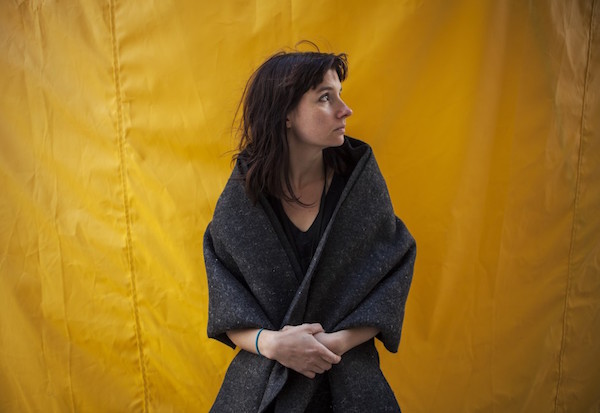
Photo: via Hunger Tv
The artist discusses her interest in Rodin and the role of artifacts in performance.

Emily Nathan

It is not surprising to learn that the Los Angeles-based artist Liz Glynn studied environmental studies at Harvard before pursuing a master’s degree at the California Institute of the Arts. Indeed, her multidisciplinary sculptures, installations and performances—which often employ found items and materials—seem to suggest the redemptive power of salvage, and are marked by an almost archeological interest in objects and stories from the past.
Earlier this month, in Paris’ art fair FIAC, Glynn installed three bronze figures from her Auguste Rodin-inspired “Myth of Singularity” series in the courtyard garden of the Petit Palais. The presentation acted as a fitting overture to a solo exhibition of her works that opened on Saturday at the Los Angeles County Museum of Art (LACMA). Amid her hectic schedule, the artist took a moment to answer artnet News’s questions.
There is a pronounced historical resonance to your work. How do you feel the status of your works as “contemporary works of art” is affected by their connection to history?
Histories only continue to circulate if they are relevant in the present moment. Historical narratives are constructed: they change shape over time, lose their edges, and develop new curves. My underlying interest is not in the past, but in what form the future will take, and how the past can serve as an object lesson to consider that question. I recently heard that Matthew Teitelbaum, the new director of the Museum of Fine Arts Boston, declared that every object in the museum’s collection—which includes ancient Egyptian, Chinese, and Greek artifacts—is contemporary, because it exists now.
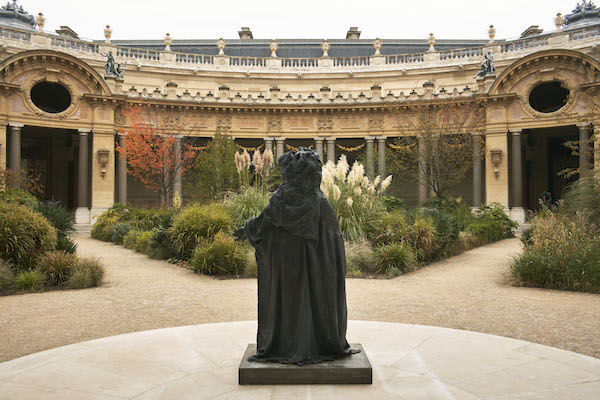
Liz Glynn, Untitled (after Balzac, with Burgher) (2014).
Photo: © Liz Glynn Courtesy Paula Cooper Gallery, New York.
Can you talk about the role of the artifact in your work?
I think I function somewhere between an architect and an experimental scientist. As architect, I shift scales in physical space and time, so that human action has a visible impact on the object. As scientist, every participatory work is a controlled experiment, and once it is set in motion, I take pains not to intervene. In terms of the notion of artifact, it’s important to consider the event-based nature of the work. The viewer is situated in the present tense with the objects, and the objects themselves are often meant to be handled, activated, or considered in terms of gesture.
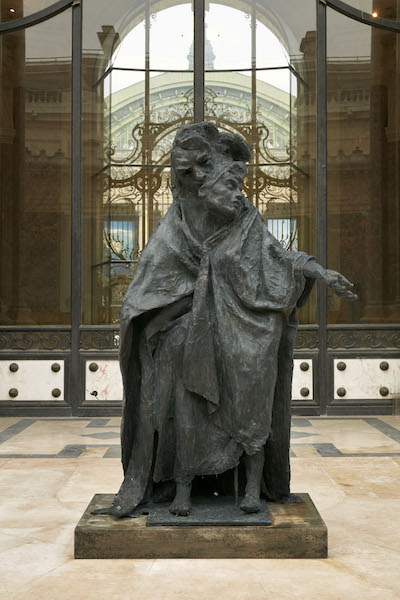
Liz Glynn, Untitled (after Balzac, with Burgher) (2014).
Photo: © Liz Glynn Courtesy Paula Cooper Gallery, New York.
How does the performative element in The Myth of Singularity relates to the resulting sculptures?
The Myth of Singularity was a two day-long performance at LACMA in which I worked with eight assistants to re-create Rodin’s atelier process. Prior to the performance, I worked with the museum’s conservation department to take partial molds of eight posthumously cast Rodin works in the collection. These molds were cast in plaster, and collaged onto eight new skeletal forms to create a series of bodies that emphasize the notions of fragmentation, construction, and the gestural act of making.
Having no prior relationship to figurative sculpture, I had initially approached Rodin as an afterthought, as the original proposal to LACMA was a series of performance considering monumentality in the context of Minimalism. When I began researching Rodin’s studio process, it felt incredibly contemporary. He frequently worked with fragments, “cannibalizing his own oeuvre,” taking bits of one sculpture and collaging it onto another. Many of the plaster works, where the artist’s hand is present, have this incredible intimacy to them. When I began the foundry process to cast the works from The Myth of Singularity in bronze, it quickly became clear that I would need to work in a very intimate, hands-on way to reconstruct the details of the performance. Tiny strings of burlap, hand scrapes, and deep undercuts from the speed of the construction, all needed to be painstakingly cataloged and recreated in order to give the bronzes a sense of temporality and the at-handedness of the performance.
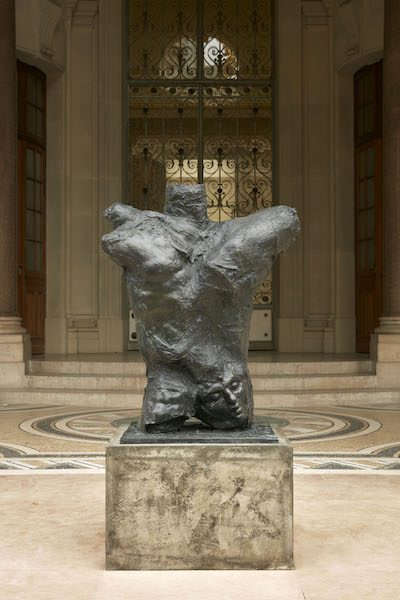
Liz Glynn, Untitled (Torso Fragment) (2014).
Photo: © Liz Glynn Courtesy Paula Cooper Gallery, New York.
Do you see the sculptures as archives of the performance or as independent objects?
I don’t think of them as archival, because they will continue to have a life of their own in the present, as Rodin’s work have had after his death. As objects that will continue to circulate long after the details of the performance are forgotten, the sculptures will exist as bodies, bearing the marks of their own making, to be interpreted in future circumstances yet unanticipated.
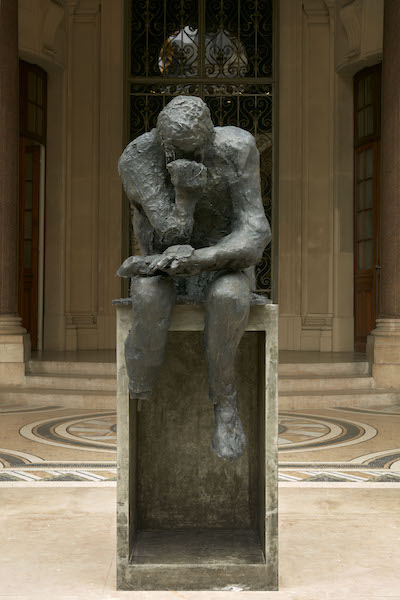
Liz Glynn, Untitled (after Thinker) (2014).
Photo: © Liz Glynn Courtesy Paula Cooper Gallery, New York.